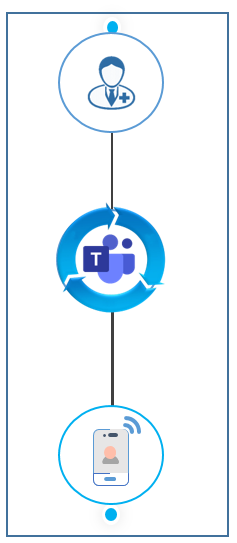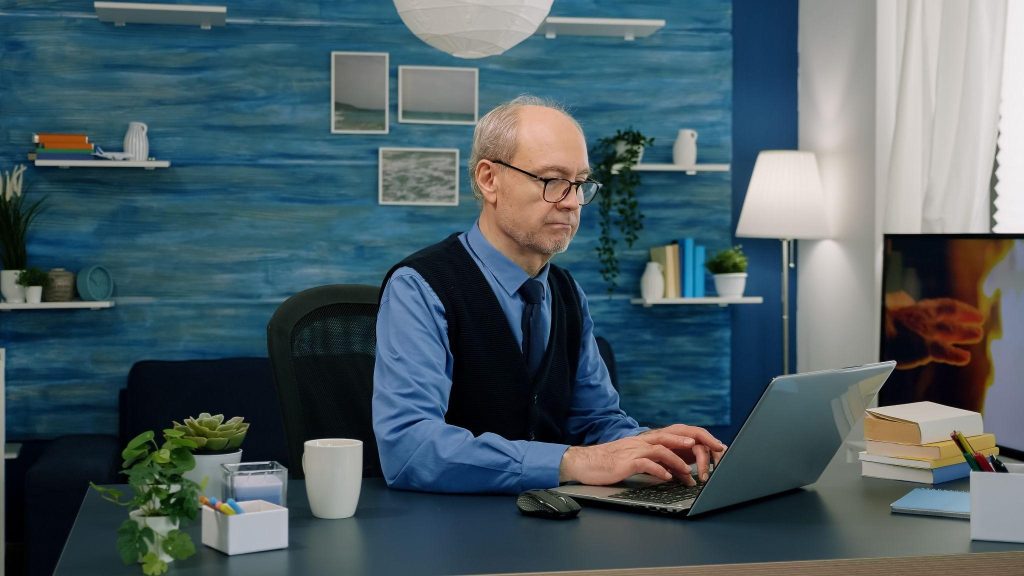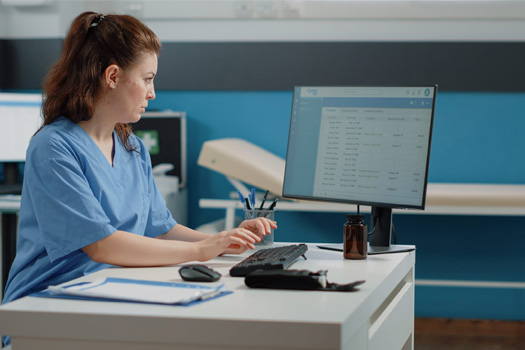Virtual Medical Scribing: The Future of Medical Documentation

Have you ever wondered how the introduction of Electronic Health Records (EHR) can transform the healthcare industry and relieve physicians’ burden leaving them more time to spend in patient-centric care? Here virtual medical scribing emerges as the solution, propelled by the advancements in AI and other breakthroughs in medical technology, effectively streamlining medical documentation. Moreover, virtual medical scribing is revolutionizing healthcare documentation by relieving physicians from the burden of self-documentation, marking a significant advancement in the healthcare sector. So let’s explore the transformative power of virtual medical scribing in boosting physicians’ capabilities and we’ll uncover its vast potential for revolutionizing healthcare workflows, reducing administrative burdens, and paving the way for future advancements.
What exactly is virtual medical scribing, and how might it revolutionize medical documentation?
Virtual medical scribing is a type of remote interaction between the physician and the medical scribe where every minute conversation during patient encounters is monitored and documented in real time. This is further supported by a computer program designed to aid doctors during patient examinations. Virtual scribes aid in tasks such as documentation, charting, and EHR entry by listening to audio or viewing live video feeds of the patient encounter. Their proficiency in medical terminology and documentation standards ensures they capture all relevant patient visit details with 100% accuracy as well as maintaining utmost privacy. Consequently, virtual medical scribes help medical professionals spend more time with patients and less time on documentation. They ensure accurate and efficient maintenance of medical records, improving communication and coordination among healthcare teams.
To gain more clarity a diagram is provided below containing the workflow process of virtual medical scribing in a healthcare environment. In this dynamic process, there’s a seamless flow of real-time communication between the physician and the medical scribe, supported by software that enables instant documentation directly into the Electronic Health Record (EHR) system.

So are there any growth opportunities for medical documentation in the future – AI Scribe Software, EHR, and Digitization.
Now, let’s talk about the future where the global Electronic Medical Record Market is poised for significant growth, the opportunities for innovation in virtual scribing are endless. As healthcare continues to move towards digitization, virtual scribing will play a crucial role in driving efficiency, improving patient care, and shaping the future of healthcare documentation. According to Global Electronic Medical Record Market Insights (2023), the Electronic Medical Record Market size was valued at USD 26.99 billion in 2021 and is poised to grow from USD 28.1 billion in 2022 to USD 38.5 billion by 2030, growing at a CAGR of 4.1% in the forecast period (2023-2030). Moreover, Electronic Health Records (EHR) systems are gaining popularity as the healthcare industry moves toward digitization. The Electronic Health Records Market is also expanding due to numerous government initiatives, such as encouraging physicians to use electronic health records, AI scribe softwares, and investing in education for healthcare information technology professionals. So from the below data, it is evident that the growth of the EHR market signifies a shift towards digitization and modernization within the healthcare industry, presenting opportunities for innovation in virtual scribing and the development of new technologies to address evolving healthcare needs.

Now let’s examine the scope of virtual medical scribing in enhancing physicians’ performance.
Real-Time Collaboration
Virtual medical scribing facilitates real-time collaboration between physicians and scribes. Physicians can communicate directly with virtual scribes during patient encounters, providing instructions, clarifications, or additional information as needed. This interactive collaboration ensures that documentation accurately reflects the physician’s intent and enhances the overall quality of patient records.Customized Support
Virtual scribe services can be customized to meet the unique needs and preferences of individual physicians. Through interactive sessions and feedback mechanisms, physicians can collaborate with virtual scribes to tailor documentation processes to their specific workflows and practice requirements. This personalized support maximizes efficiency and allows physicians to focus on areas where they can add the most value.Continuous Improvement
Virtual medical scribes foster a culture of continuous improvement among physicians. By actively engaging with virtual scribes during patient encounters, physicians can identify areas for optimization and refinement in their documentation practices. This interactive feedback loop enables ongoing learning and skill development, ultimately enhancing physicians’ performance over time.Educational Opportunities
Virtual scribes can serve as valuable educational resources for physicians, particularly those in training or seeking to expand their medical knowledge. Through interactive discussions and real-time documentation, physicians can learn about best practices in medical documentation, coding guidelines, and compliance standards. This interactive learning environment empowers physicians to stay informed and up-to-date in an ever-evolving healthcare landscape.Time Management Strategies
Virtual medical scribing encourages physicians to adopt effective time management strategies that optimize their performance. By actively participating in documentation processes alongside virtual scribes, physicians can identify opportunities to streamline workflows, prioritize tasks, and allocate their time more efficiently. This interactive approach to time management helps physicians achieve a better work-life balance while maintaining high standards of patient care.Conclusion:
Contact Us
Recent Posts






